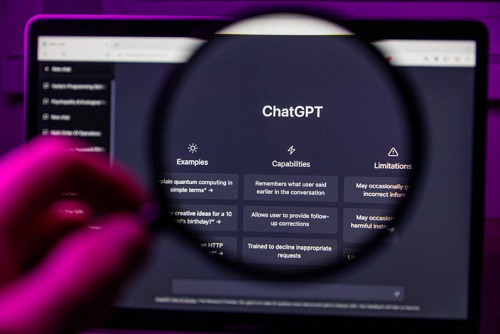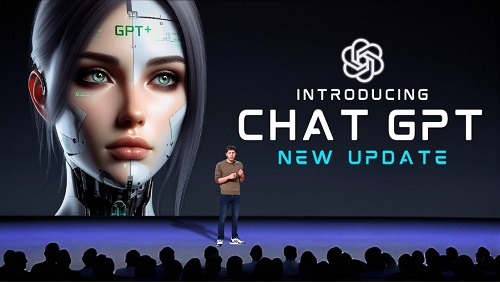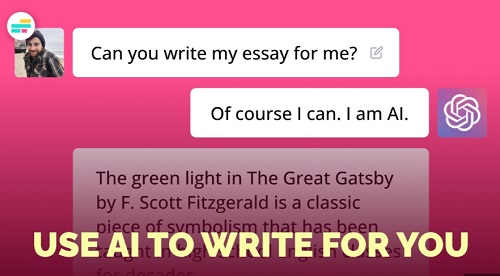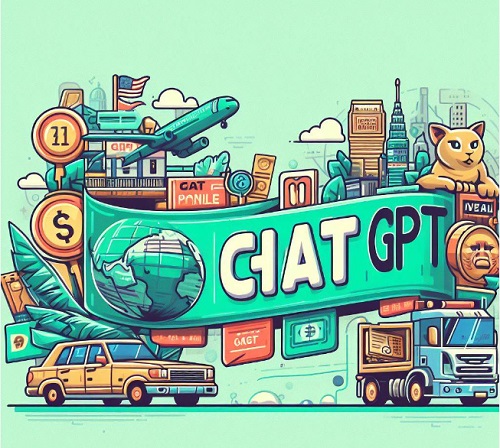China’s tech giant Alibaba wants to get involved in the artificial intelligence business. At the same time, Beijing is preparing […]
Tag: ChatGPT
How To Generate Images With ChatGPT
The Californian company Open AI has introduced a new version of its chatbot ChatGPT. The most striking innovation: the software, […]
Should I Use ChatGPT to Write My Essays?
AI software like ChatGPT is changing learning. Essays, homework – the chatbot does it all. Use or prohibit, help or […]
How to Use ChatGPT for Travel Planning
Artificial intelligence can also be used to plan travel routes and bundle tips for tourists. The industry is following the […]




